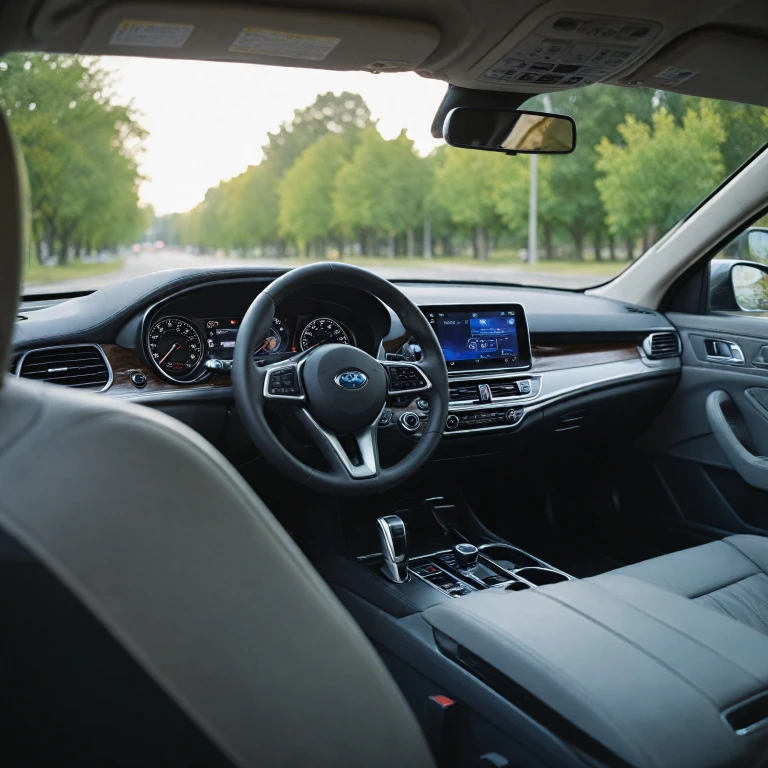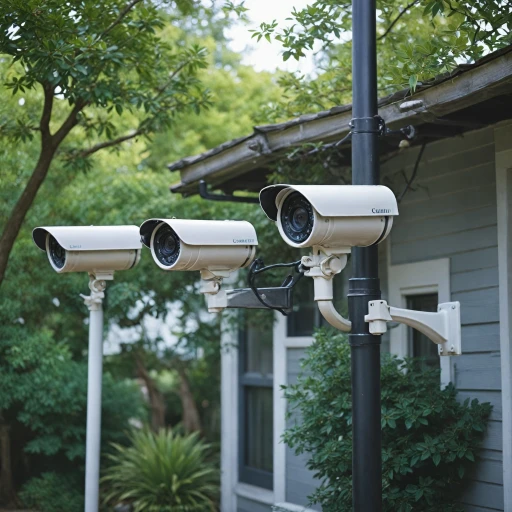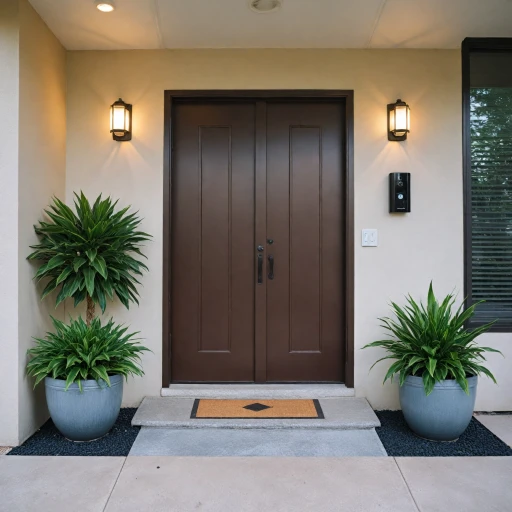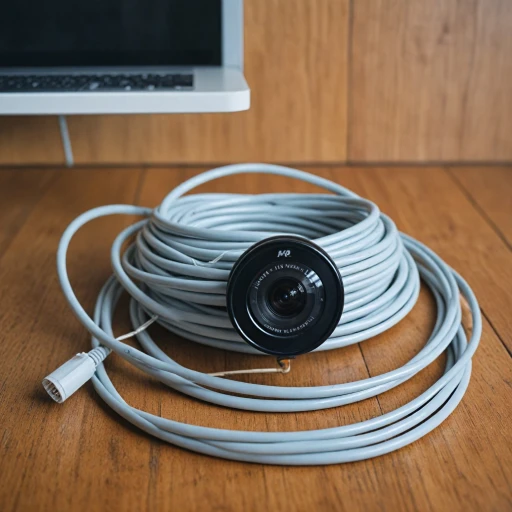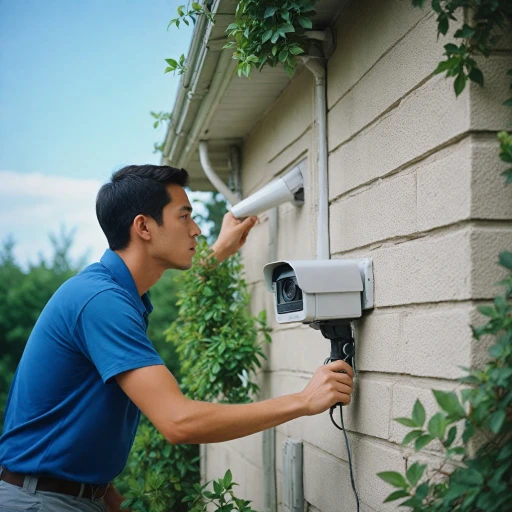
Understanding the Need for Car Surveillance
The Importance of Vehicle Surveillance
Understanding the growing importance of surveillance in today’s world is crucial, especially when it comes to protecting your assets like your car. Cars are often susceptible to vandalism, theft, and hit-and-run incidents, prompting car owners to consider learning about the benefits of implementing surveillance solutions.
Hidden cameras play a pivotal role in vehicle security by offering an added layer of protection, whether you leave your vehicle parked in a public area or drive through busy urban streets. They effectively serve as your eyes and ears in monitoring activities happening around your car, facilitating an extra sense of security.
Apart from keeping an eye on external threats, these devices are beneficial for monitoring the behavior of other drivers on the road. Cameras can record incidents such as road rage, accidents, or traffic violations, providing crucial evidence that might be necessary for legal or insurance claims. With features such as night vision and battery-powered capacity, a hidden camera ensures that your car remains under continual surveillance, regardless of the circumstances.
Overall, incorporating surveillance tools like a dash or spy camera in your car not only enhances security but also offers peace of mind, knowing that both the interior and exterior of your vehicle are being monitored. As technology advances, these devices are becoming more accessible and easier to install, making them a practical choice for car surveillance.
Types of Hidden Cameras Suitable for Cars
Exploring Various Types of Surveillance Devices for Your Vehicle
When it comes to selecting the right hidden camera for your car, there are numerous options available, each with distinct features suitable for different surveillance needs.- Dash Cameras: One of the most popular options is the dash cam. These devices are designed to mount on the windshield or dashboard, offering continuous recording from either the front or rear. Dash cameras are equipped with features such as GPS tracking, wide-angle lenses, and high-definition recording, making them ideal for capturing on-road incidents. Many models are now integrated with night vision capabilities, allowing for clear footage even in low-light conditions.
- Spy Cameras: For those seeking more discreet options, spy cameras can be an excellent choice. These compact devices can easily be hidden within your vehicle’s interior. Their small size doesn’t compromise functionality; they often come with motion detection and can connect to your phone for remote monitoring. Some models offer extended battery life, ensuring that your surveillance isn’t interrupted.
- Rear View Mirror Cameras: Integrated into the rearview mirror itself, these hidden cameras offer a dual function of acting as a mirror and a surveillance device. They often include front and rear coverage, providing comprehensive recording of any incidents that may occur both ahead and behind your vehicle.
- Mini Hidden Cams: These versatile cameras can be placed in various locations within a car, often behind grilles, light fixtures, or other less conspicuous spots. Despite their small size, they can still offer powerful features like high-resolution video recording, motion detection, and night vision.
Key Features to Look for in a Car Hidden Camera
Essential Characteristics to Elevate Your Car Surveillance Setup
When you embark on the quest to find hidden cameras that enhance the security and surveillance of your vehicle, it’s crucial to pinpoint key features that ensure both efficacy and convenience. These features will not only optimize your setup but will also provide heightened peace of mind.
- Compact Design: The smaller and more discreet the camera, the less likely it is to rouse suspicion. Look for hidden cameras equipped to seamlessly blend into your car's interior without compromising functionality.
- High-Resolution Recording: Image quality is paramount. Opt for cameras that offer high-resolution recording to capture clear details. This can be crucial for security and legal purposes, particularly if you’re involved in a collision or other incident.
- Night Vision Capability: Choose a car camera with robust night vision to ensure effective surveillance at all hours. This feature allows you to record in low-light conditions, providing protection during the evening and night.
- Storage Solutions: A spacious memory card is vital for uninterrupted recording. Look for options with expandable storage or models that support cloud-based alternatives to safeguard your files.
- Battery Life: Battery-efficient devices offer more recording time. Consider dash cameras with durable batteries or those that support hardwire to your vehicle's power source.
- Smartphone Connectivity: A hidden camera that pairs with your phone can enhance the ease of access and recording review. This feature allows for real-time monitoring and alerts for a more dynamic surveillance approach.
- Lens Quality: A high-grade camera lens delivers sharper images. Prioritize lenses that offer wide-angle viewing to cover more area within your car.
Integrating these features ensures your car's hidden camera setup is not only advanced but also reliable. For a broader understanding of technological demands and accessory roles, consider exploring the role of cable to BNC connectors in home security cameras, which might mirror some of the complexities in selecting connectivity options for car cameras.
Legal Considerations for Using Hidden Cameras in Cars
Understanding Consent and Privacy
When deploying hidden cameras in vehicles, understanding legal considerations is paramount, particularly around privacy and consent. Different jurisdictions, including the United States, have distinct rules regarding surveillance and recording. It’s advisable to educate yourself on your region's laws before installing a spy camera or dash cam in your vehicle. Some areas require consent from passengers, especially when the device records audio.Private vs. Public Spaces
The area where the car is parked and used can affect the legality of hidden camera usage. Filming in private property, like your garage, typically requires the owner's consent, but legalities may differ in public spaces or rented properties. Thus, knowing the environments where your vehicle is regularly used will help in choosing a suitable hidden camera.Surveillance and Data Protection
In the digital age, data security is critical. Ensure that your recording devices have security features to protect the footage stored on the memory card, whether it’s a car camera, dash camera, or another recording device. Ensure your camera system stores data securely, for instance, by implementing encryption features.Handling Recorded Footage
Proper handling of recorded footage involves keeping recordings confidential and using them appropriately. Be mindful of who can access your surveillance on phones or other devices and ensure they understand the guidelines on using the footage responsibly. It’s crucial to note that the use of hidden cameras should bolster security without infringing on privacy rights. Compliance with the law not only optimizes the usage of your car's surveillance system but also fosters trust and responsibility.Installation Tips for Car Hidden Cameras
Efficient Installation Practices for Hidden Car Cameras
Installing a hidden camera in your car can be a seamless process if you follow these practical tips. Whether you're using a dash cam or other recording devices, proper installation ensures optimal surveillance coverage and reliability.- Select the Right Location: A pivotal step in installing a hidden camera is choosing the best spot for optimal view. Often, this is behind the rearview mirror, dash, or near the number plate for front and rear recording. Sadly, overlooking this may compromise footage quality.
- Secure Wiring Neatly: Tidiness is key when it comes to wiring. Ensure wires do not obstruct vehicle operation. Use adhesive clips to secure them along the car’s trim.
- Test Before Final Fixation: Connect your camera to a phone or a monitor to verify its field of vision. Adjust until the entire front area is captured before securing the camera.
- Consider Power Options: Most hidden cameras rely on vehicle battery power or their own rechargeable battery. If the intention is continuous surveillance, a car battery connection may suffice. However, frequent recharges may be crucial if opting for battery-dependent cameras.
- Validate Memory Storage: Prioritize cameras with a dedicated memory card. Ensure the card's capacity is suitable for your surveillance needs and that the camera supports an overwrite feature to manage storage efficiently.
Maximizing the Effectiveness of Your Car's Hidden Camera
Getting the Most Out of Your Car's Surveillance Devices
Maximizing the effectiveness of hidden cameras in your car involves careful consideration of various factors, from installation to usage. It's essential to ensure the hidden camera is functioning optimally to provide reliable recording and security. Here are some tips to ensure you get the best performance out of your car's surveillance devices:- Proper Placement: Position the camera or cameras strategically to capture crucial areas, such as both the front and rear of your vehicle. This not only enhances the surveillance range but also provides comprehensive coverage for incidents that may occur around your car.
- Adjusting the Lens and Settings: Fine-tune the camera lens angle and configure settings to suit different lighting conditions. Most spy cameras or car cameras come with options for day and night vision. This ensures you get clear recordings whether under the bright sun or in low-light environments.
- Battery Management: Regularly check the battery levels of your hidden cameras to avoid losing valuable footage. Many cameras support both battery and direct power options. Opt for the setup that ensures continuous operation without frequent recharge interruptions.
- Storage and Memory: Use high-capacity memory cards to store extended hours of footage. Frequently back up recordings to your phone or a secure storage service to prevent data loss.
- Up-to-Date Firmware: Ensure the camera's firmware is updated with the latest features and security patches. This can significantly enhance camera performance and software reliability.
- Regular Maintenance: Clean the camera lens periodically to prevent dirt or debris from affecting the quality of your recordings. Additionally, inspect the mounting setup to ensure the devices remain securely in place.

